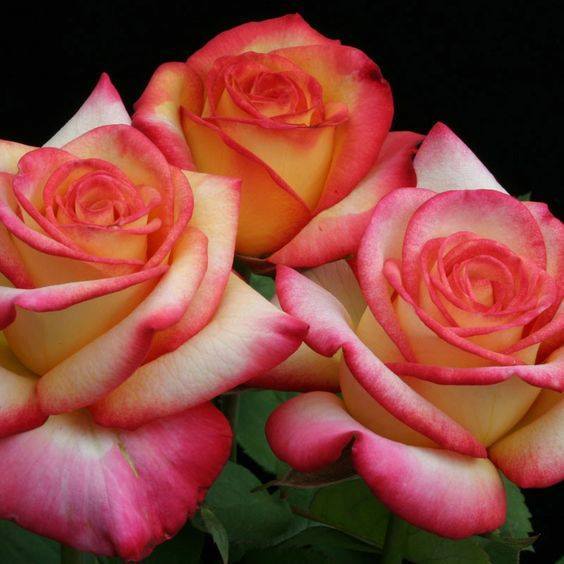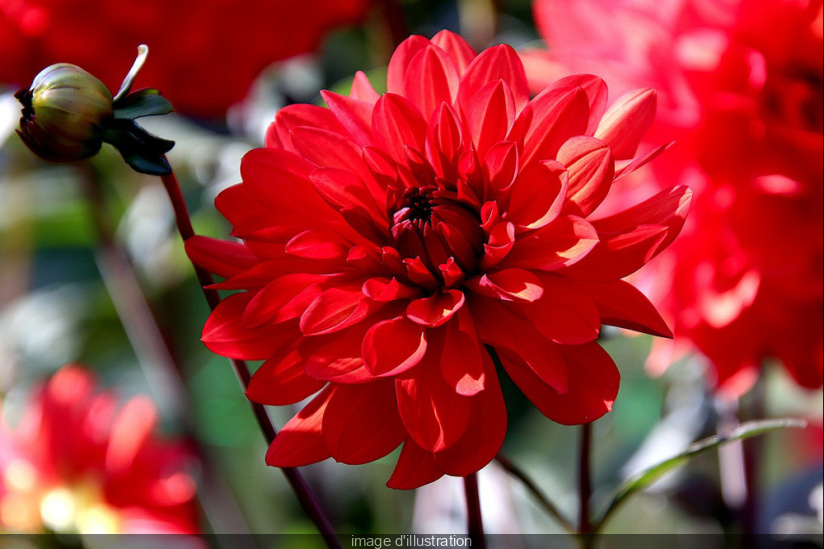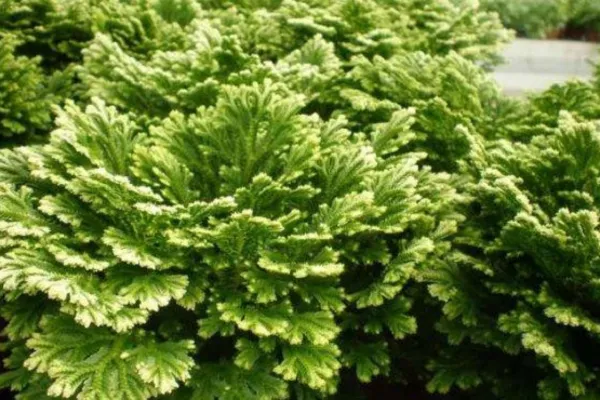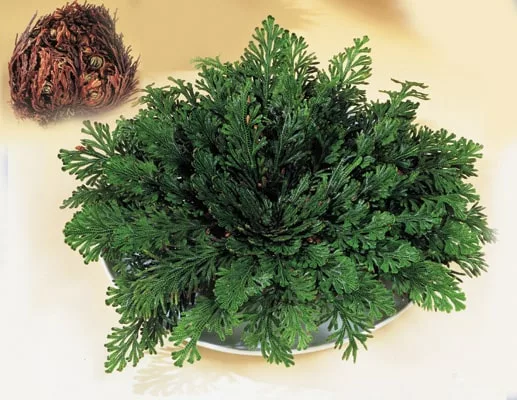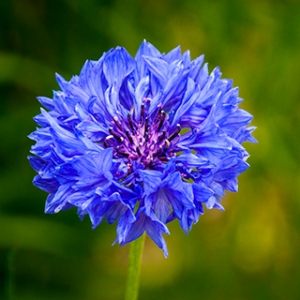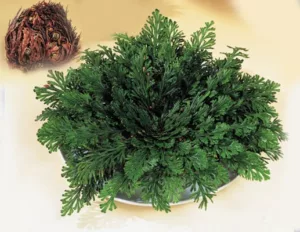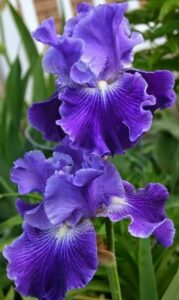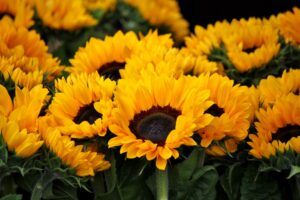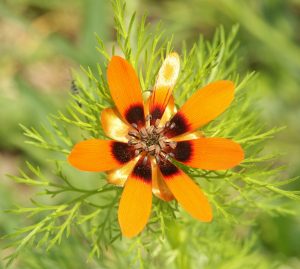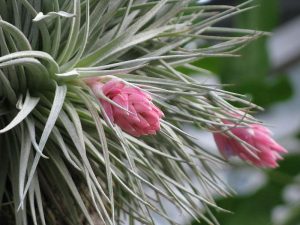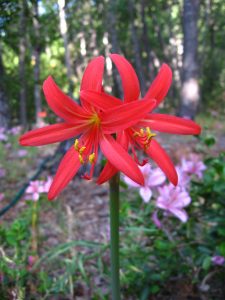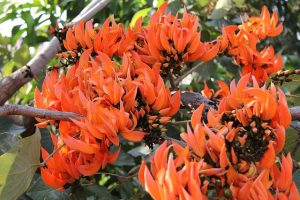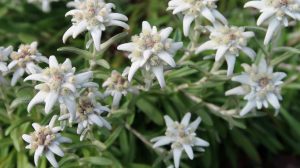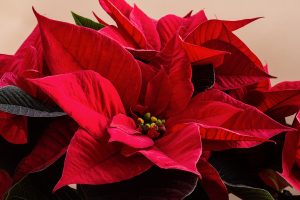The roses: beautiful and aromatic flowers that embellish our garden
The roses
The Roses are beautiful flowers that we all know. Today we will talk about this flower, as beautiful as aromatic that beautifies each garden just by its presence.
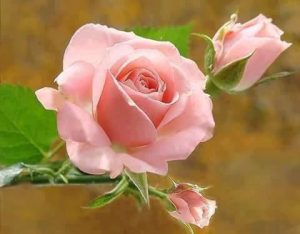
Origin
Originally there were only about 100 species, mostly from Asia and others from Europe, North America and Africa. At present there are more than 30 000 cultivars of roses from different hybridizations, and each day this number increases. This is due to the originality and creativity of the growers who try every day to make them bigger and more attractive. The species that are usually used for hybridizations are: Rose Moschata, Rose gallica, Rose damascena, Rose wichuraiana, Rose californica and Rough Rose.
A little history
The first image of a species of Rose is found on the island of Cnossos, Greece, and corresponds to the sixteenth century BC. C. The island of Rhodas, also in Greece, was named for the cultivation of roses; There are coins from that island, from 4000 a. C, with images of them. The roses were also grown in the famous gardens of Babylon (2845 BC). They were very popular also among Greeks and Romans.
The first data on the ornamental use of roses date back to Crete (17th century BC). The rose was considered a symbol of beauty by Babylonians, Syrians, Egyptians, Romans and Greeks. In Egypt and Greece it had a special relevance, and much more in Rome.
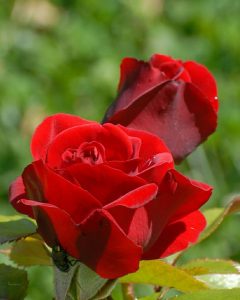

Classification
The great variety of roses that exist range from small roses that are between 10 and 15 cm height, to large shrubs, climbers that reach several meters in height or crawlers used as cover floors.
From the point of view of the practice of gardening, and schematically, roses are classified into four groups:
Wild roses:
They are the ones that, without being cultivated, grow in nature.
Ancient roses:
They are the types of rosebushes that existed before 1867, the year in which the first tea Hybrid appeared, an artificial hybrid.
Modern roses:
They are the roses after 1867 to the present; Sometimes this group is divided into generations.
Other types:
This group includes special types of roses.
The rosebushes bloom continuously throughout the year from spring to early winter (or more in hot climates). The roses should be pruned when the leaves finish sprouting.
Propagation
The roses can be reproduced in the autumn in four ways: by seeds, extracting them from the plant rose hips, putting them in water about 12 hours before planting them. Also by plant cuttings,by layers and by grafting.
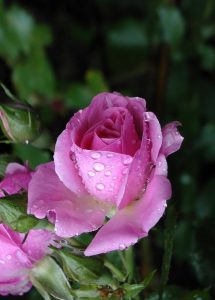
Plagues and diseases
Rose plants are prone to diseases and pests. Some of the plagues that affect them are: aphid of the rose bush, ants, red spider, whitefly, white worms, cochineal, green midge, thrips, snails and slugs, leafminer, grasshopper and nematodes. As for diseases, they are mostly affected by fungi, also by bacteria and viruses.
Meaning
Roses are ancient symbols of love and beauty. The rose was sacred to a considerable number of goddesses of antiquity, and is often used as a symbol of the Virgin Mary. Roses are so important that they derive terms such as pink or red in a considerable variety of languages.
Roses come in a variety of colors, each with a different symbolic meaning:
Blue: represents miracles and new possibilities
Red: love, passion
Pink: tolerance, respect, sympathy
Dark Pink: gratitude
Light Pink: admiration, condolence, tenderness.
White: innocence, purity
Yellow: love disappearing, envy, jealousy, pride, shame, infidelity (although it can also mean friendship)
Orange: exalted passion
Burgundy: beauty and elegance
Gray: disease or old age
I hope you have learned a little about these beautiful flowers. You can find how to eliminate the pests that affect them in the following links:
Types of pests:
– Cochineals, aphids, whitefly, trips and red spider
-Butterfly caterpillars, black donut, soil worms, leafminers and green midge
-Snails, ants, grasshoppers, cetonia and insect bugs
-Nematodes, scorpion onions, moles, rats and rabbits

Remember to like and share on your social networks if you liked this article. Leave us your comments here.![]()
Share this content:
